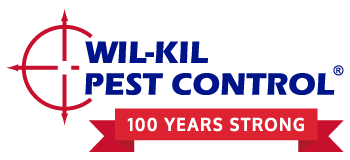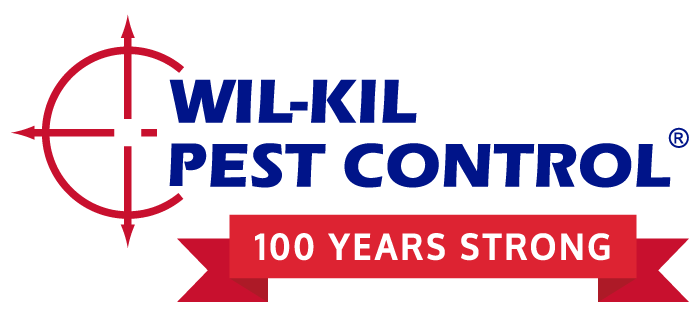When dealing with pests there are a lot of factors at risk. It’s not just about going in and eliminating the pest. We’re dealing with the environment, ecosystem and wildlife. We’re also dealing with people’s homes, the places kids play, the backyard barbeque spot and so much more. We’re dealing with lives. Integrated Pest Management (IPM) is the best approach to take care of pest infestations more naturally while maintaining the environments harmony.
Get A Free Quote
What is Integrated Pest Management?
IPM is a process of solving pest problems while reducing environmental risks or risks to people. The strategy is ecosystem based and focuses on preventing pests and their damage for long term periods. Pesticides are only used after evaluation and monitoring indicates they are needed.
How Does IPM Work?
The focus of IPM is to take preventative actions to keep pests from becoming a problem instead of eliminating a pest you see right now. There can be many methods used in IPM to avoid or solve pest problems. The decision making process is systematic and uses every resource to specialists disposal. From information about environmental factors to the specific biology of a certain pest, these resources help form the best preventive steps. For example, growing a healthy crop that can survive pest attacks or caulking cracks to keep an insect or small rodent from getting into a building are both integrated pest management solutions. IPM can be used to manage a wide variety of pests in any environment from urban areas to natural areas.
Pest Exclusion
Pest exclusion is the process of sealing up areas of a home or building where pests are likely to enter. The hope is by cutting off access points from the beginning, there will be less likelihood of a pest invasion in the first place. Exclusion is an important proactive tactic in IPM because it can be easier to keep pests out rather than eliminate an infestation once it’s at its strongest point. Pest exclusion can be a challenge because of the sneaky nature of pests and the natural multitude of cracks, holes, tunnels, motes, and unintentional entryways in a home. The first step our specialists take in pest exclusion is to thoroughly inspect a home for any areas that may be more vulnerable and take action as soon as possible.
Why Practice IPM?
Some people might wonder what the benefits are to this approach instead of using a direct approach like chemicals. One of the greatest benefits of IPM is contributing to keeping a balanced ecosystem as well as helping create a healthier environment. Wil-Kil is dedicated to practicing environmentally friendly pest control. Our integrated approach uses direct treatment as the last resort, when all else fails. The fewer pesticides used reduces the risk to surface water, ground water, as well as less hazard to wildlife and humans.
Wil-Kil’s Integrated Approach
Our program relies on many components to solve a problem. Components of our IPM program includes education, inspection, sanitation, exclusion, monitoring and more. Prevention doesn’t just mean green practices, but is also the most effective measure of control.
Contact us today for more information.


